• You want to configure the application gateway to accept HTTPS connections when you are accessing the front door on HTTPS and it doesn’t support the SSL offloading and you are not able to redirect the same requests over HTTPS to the application gateway. Thus, in this scenario, to achieve this, you will have to add a NSG (Network Security Group) and link the Application Gateway subnet configured to it.
This will ensure that though the HTTPS connection requests are incoming through the Front door, they will be routed correctly to the application gateway’s public IP address via the NSG rules in place as shown below: -

Ensure that all the other rules are not present in your NSG that is associated with the application gateway and only the highlighted ones are created and mentioned so that when the requests are received on the Azure front door over HTTPS, the request is routed through the NSG via above created inbound rules and forwarded as SSL HTTPS request over the said associated private IP address created in the virtual network.
Please find the rules as below: -
Source: Service Tag
Source service tag: AzureFrontDoor.Backend
Source Port ranges: *
Destination: Any
Destination port ranges: *
Protocol: Any
Action: Allow
Priority: 200
Source: Service Tag
Source service tag: GatewayManager
Source Port ranges: *
Destination: Any
Destination port ranges: 65200-65535
Protocol: Any
Action: Allow
Priority: 300
Source: Service Tag
Source service tag: VirtualNetwork
Source Port ranges: *
Destination: Any
Destination port ranges: *
Protocol: Any
Action: Allow
Priority: 400
Source: Service Tag
Source service tag: AzureLoadBalancer
Source Port ranges: *
Destination: Any
Destination port ranges: *
Protocol: Any
Action: Allow
Priority: 500
Source: Any
Source Port ranges: *
Destination: Any
Destination port ranges: *
Protocol: Any
Action: Deny
Priority: 600
Once done, the application gateway accepts HTTPS requests from the Azure front door over Port 443 after configuring the custom domain on it.
For more information, kindly refer to the below links: -
Azure Front Door in the front of Application Gateway
https://learn.microsoft.com/en-us/azure/frontdoor/front-door-faq#when-should-we-deploy-an-application-gateway-behind-front-door-
